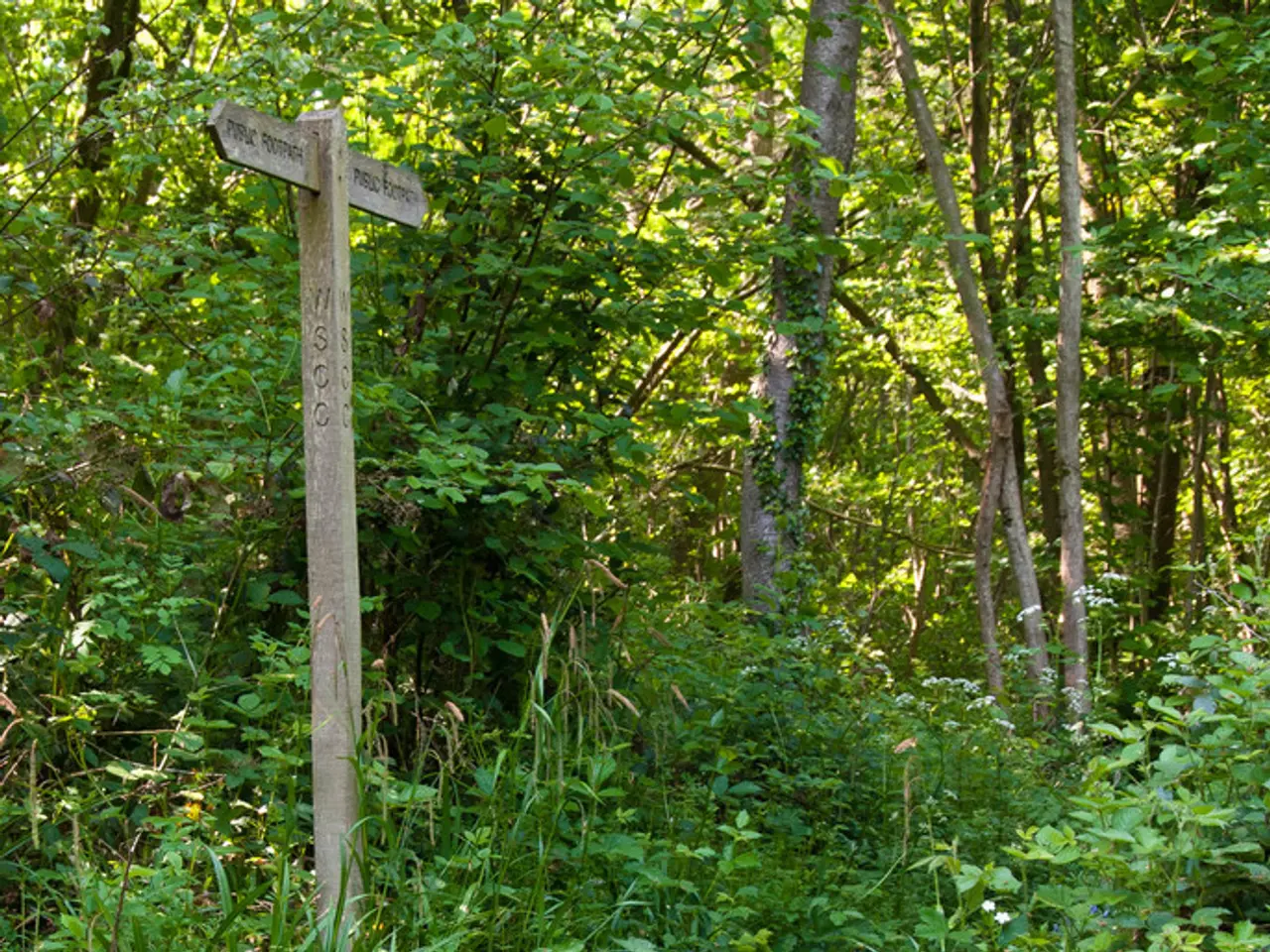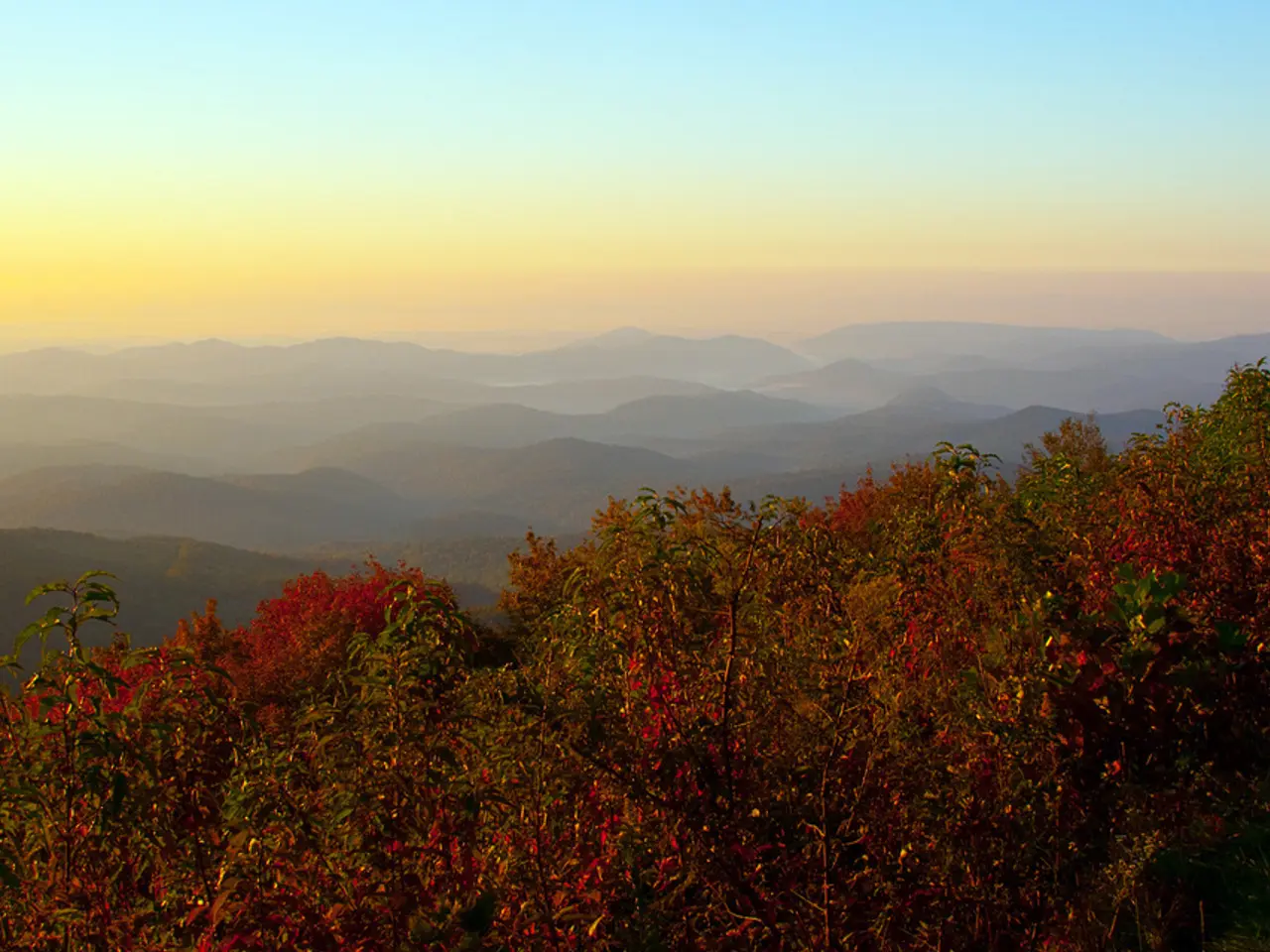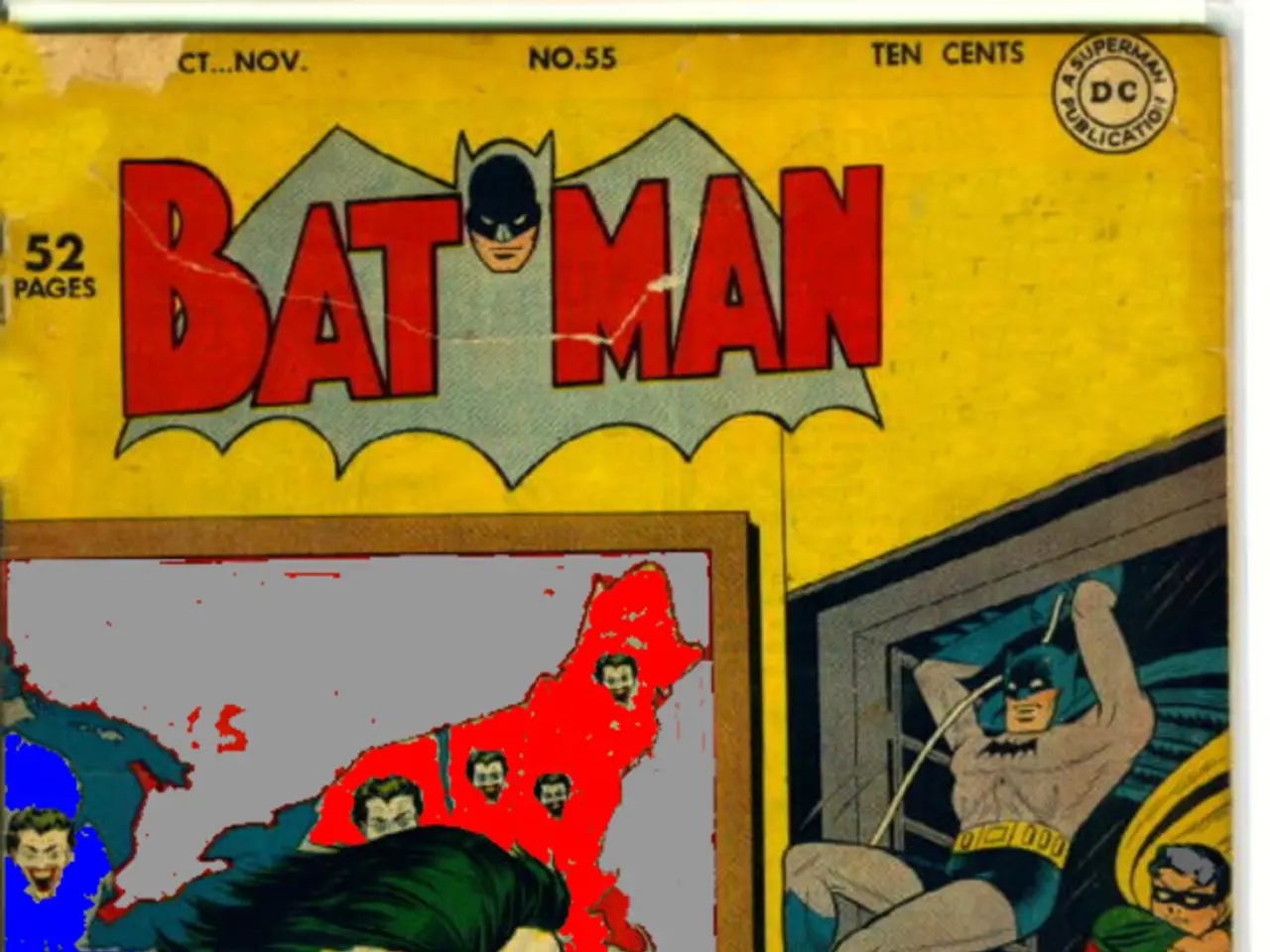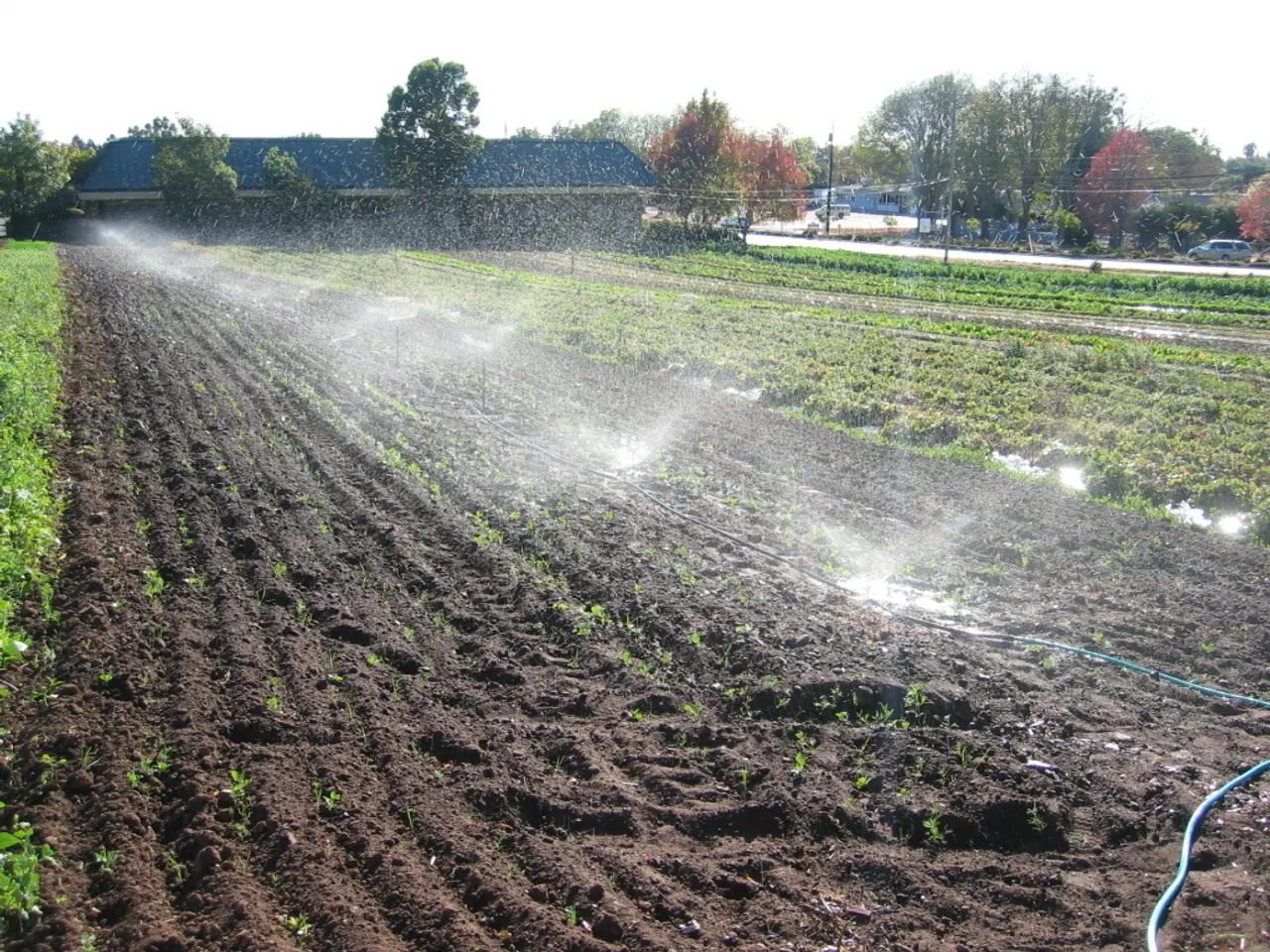Comprehensive Guide to Bonsai Language: An Extensive Dictionary of Bonsai Terms
In the world of horticulture, bonsai trees have captivated the hearts of many with their intricate beauty and meticulous care. This article aims to shed light on the fundamental aspects of bonsai tree care, helping both novice and experienced growers nurture their trees for health and aesthetic appeal.
Variety and Species
Bonsai trees are a subdivision of species, defined by one or more varying characteristics, as indicated in the third part of a plant's Latin name. The variety of species available for bonsai cultivation is vast, each with unique needs and characteristics.
Common Bonsai Care Terms
Watering
The process of providing water to your bonsai tree is crucial. Watering should be done when the topsoil feels dry, using a gentle watering can to avoid disturbing roots. Ensuring excess water drains out is essential to prevent root rot. Different species and seasons may require different watering frequencies.
Pruning and Pinching
Pruning and pinching are essential for maintaining or shaping the bonsai’s form. Pruning involves cutting back larger branches, while pinching is the removal of very young growth tips with fingers for fine control.
Soil, Fertilizing, and Humidity
Bonsai require well-draining soil specifically formulated for their needs, not regular garden soil. Fertilizing is the application of nutrients to the bonsai, usually with a balanced fertilizer during the growing season (spring to autumn). Bonsai, especially indoors, require adequate humidity, which may need to be maintained by misting or using humidity trays.
Bonsai Size Classifications
Shohin, Mame, and Dai are terms describing bonsai size classes. Shohin refers to miniatures up to ~6 inches, Mame for small bonsai 2–6 inches tall, and Dai for large bonsai up to about 47 inches. These classes reflect training time and display scale.
Advanced Bonsai Styles and Techniques
Shakan, Yamadori, Kabudachi, Neagari, and Moyogi
Shakan is a style of bonsai featuring a tree with a slanting trunk to represent growth in the harsh elements of nature. Yamadori is a tree collected from nature that remained small due to natural circumstances. Kabudachi is a tree with two or more trunks extending from its foot, also known as "netsuranari." Neagari is a style of bonsai featuring a tree with exposed roots to represent erosion by mudslide or rain. Moyogi is a term used to describe a bonsai with visible curves in its trunks and branches, also known as "informal upright."
Pre-bonsai and Genus
Pre-bonsai refers to a young tree that has not yet been cultivated into bonsai. Genus is a unit of classification used to group various species of plants that belong to the same family, indicated by the first part of the plant's Latin name.
Detailed guides for specific species emphasize adjustments based on species needs and environmental conditions, ensuring your bonsai thrives and continues to captivate all who behold it.
- Caring for pre-bonsai and choosing the right genus is crucial to the success of your bonsai, as they serve as the foundation for your intricate creation.
- To enhance the lifestyle and aesthetic appeal of your home-and-garden, explore various bonsai resources, including books on gardening and online forums focused on home-and-garden projects, for expert advice on caring for your bonsai and learning to shape them into unique masterpieces using techniques like shakan, yamadori, kabudachi, neagari, and moyogi.




